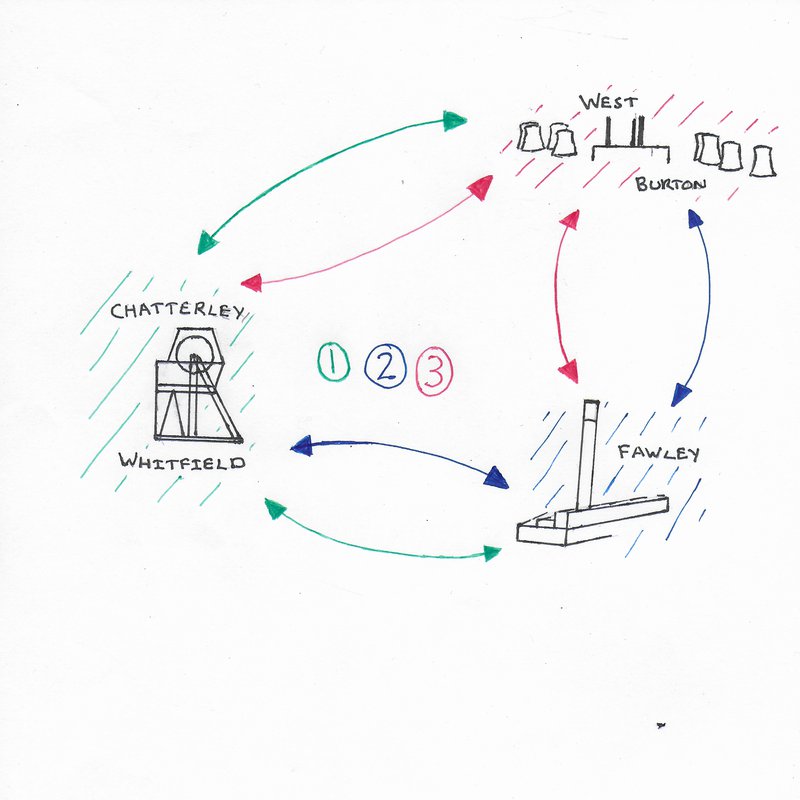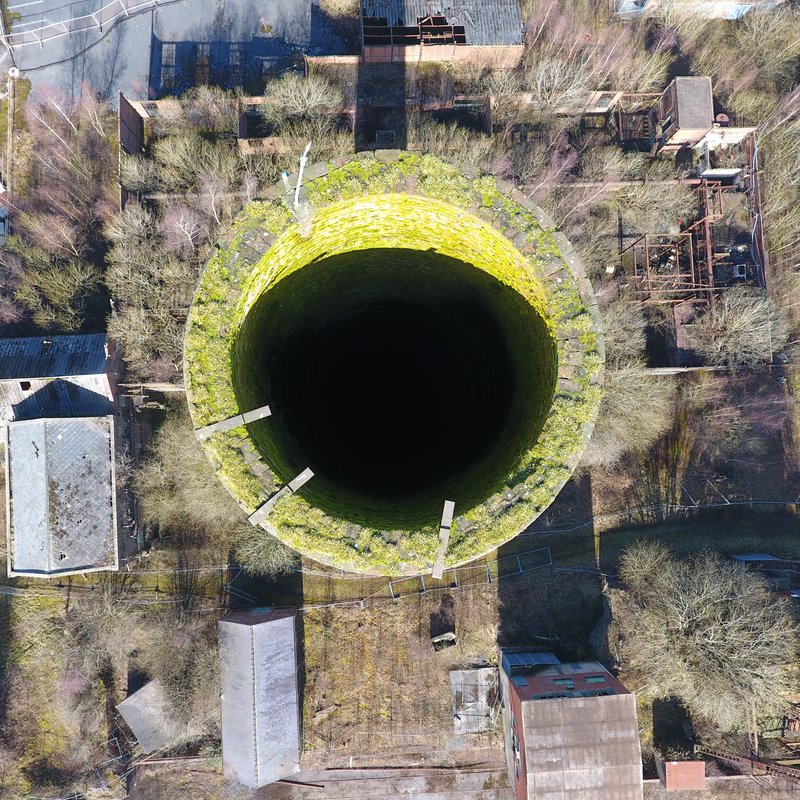Methods

Network Building
Places can create meaning for a community through both their physical and visual presence – all the three sites which are the focus of this project have become established landmarks for their surrounding area, and over time their presence has led to a perception of familiarity and attachment. This project will involve relevant local heritage bodies associated with these sites, building an inter-community network which will collectively explore communal feeling towards these sites as they approach the end of their operational lives. These communities can provide crucial experience, expertise and knowledge about the possibilities, pitfalls and opportunities for community ownership of decommissioning processes and their outcomes.
We will hold a series of three, two-day, workshops, one at each site, over 2020-2021, where co-creative techniques will be developed and used in order to identify the most effective ways for local people to collect and express memories, connections and meanings about these sites before they are either closed, demolished, or subject to new plans and developments. Each successive event will be adapted in relation to the outcomes of the previous one, with an aim to co-produce working documents that will reflect the changing and dynamic character of heritage meaning in these sites. In turn, these communities will be brought into contact with each other as the project progresses, creating connections that will help to increase resilience and understanding of the complex reactions to decommissioning and its aftermath. The idea is to create a form of engagement that can take place even before decommissioning starts or is discussed, so communities can better be involved in the processes by which existing industrial facilities might become future heritage sites.

Crowd-sourced Heritage
What is heritage? For most of us, it is physical history - the monuments and buildings, archives, paintings and documents that we have inherited from the past. Yet as the carbon culture of the Twentieth Century comes to an end, heritage is dynamically created before our eyes. It is us, those living now, who will largely define what that heritage is, what it means, and what will be preserved - or discarded. In our research, we want to investigate means by which as many people as possible can contribute to that process, and open up these sites as places of contested and complex memories. While the workshops will reveal some of the deep connections between our sites and key stakeholders, a crowd-sourced heritage model can allow people to contribute to the creation of heritage from a distance. Our tool, will expose faultlines between the different meanings of structures or buildings, and turn heritage sites that are too often understood as static time-capsules into dynamic focusses for community belonging and a sense of place.
At the same time, this model of crowd sourced heritage enables the presentation of this type of data in a way that both makes sense, and (we hope) is useful to those making decisions about these sites and their associated landscapes. This is not to replace existing community-based planning models such as neighbourhood planning or existing tools of community consultation, which our wider project also investigates. Instead, we hope to find ways in which participatory forms of planning, and the information about memory and landscape which they produce might better integrate with more data-driven planning exercises such as computer modelling.
Accessibility is another distinctive challenge of sites of decommissioning and heritage monuments like Chatterley Whitfield. Many are dangerous due to demolition, construction or decay, or landowners reluctant to allow access for reasons from insurance to vandalism or a lack of trust in local communities. Although COVID19 has unfortunately impacted on its development, a key component of the website will be a 3D model through which stakeholders can access the site, and add memories, images or documents to buildings and structures in the virtual world. Recent research suggests that 3D modelling can dramatically enhance the collection and interpretation of data about such heritage sites, and are increasingly viable for community projects. We aim to demonstrate how practical that is.